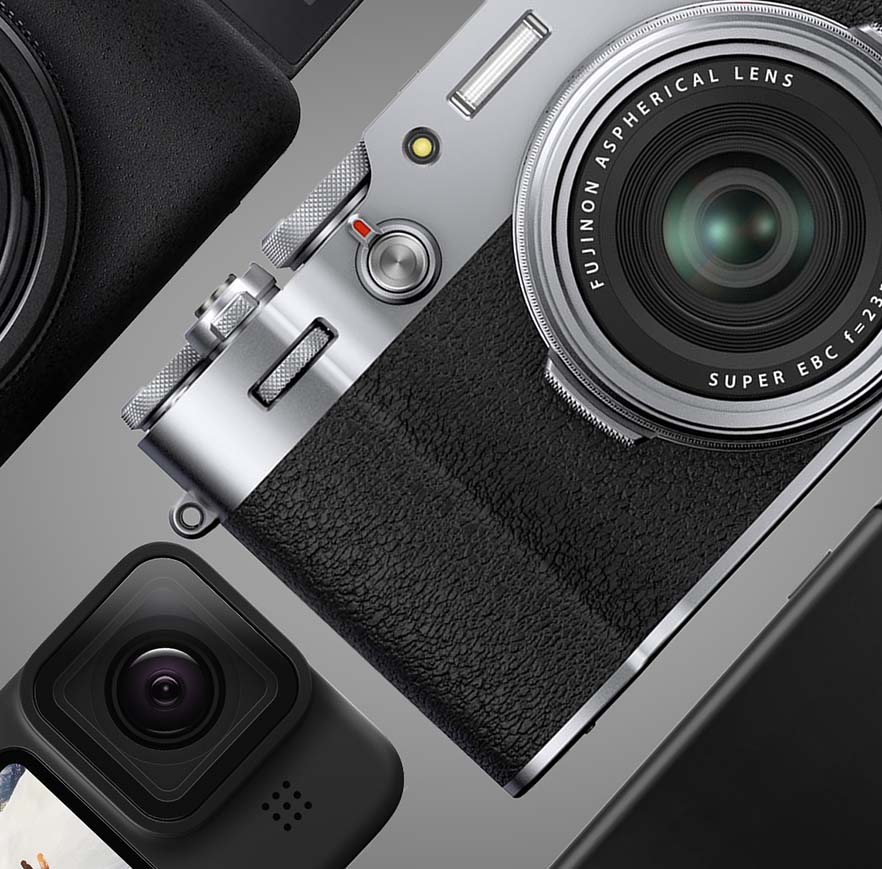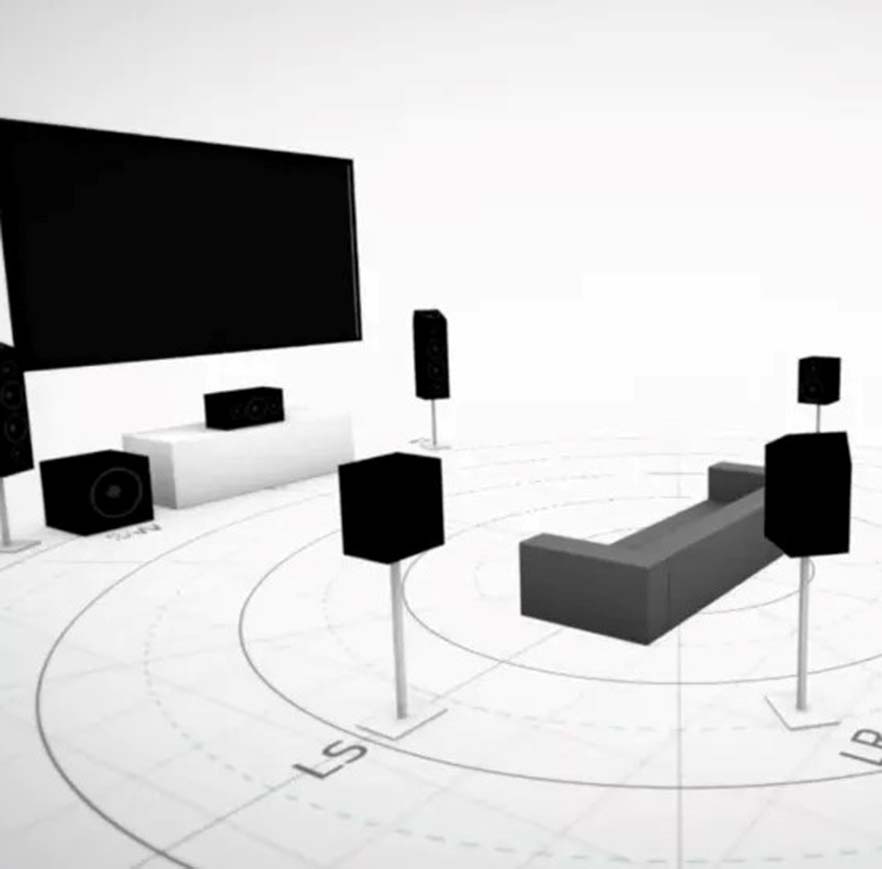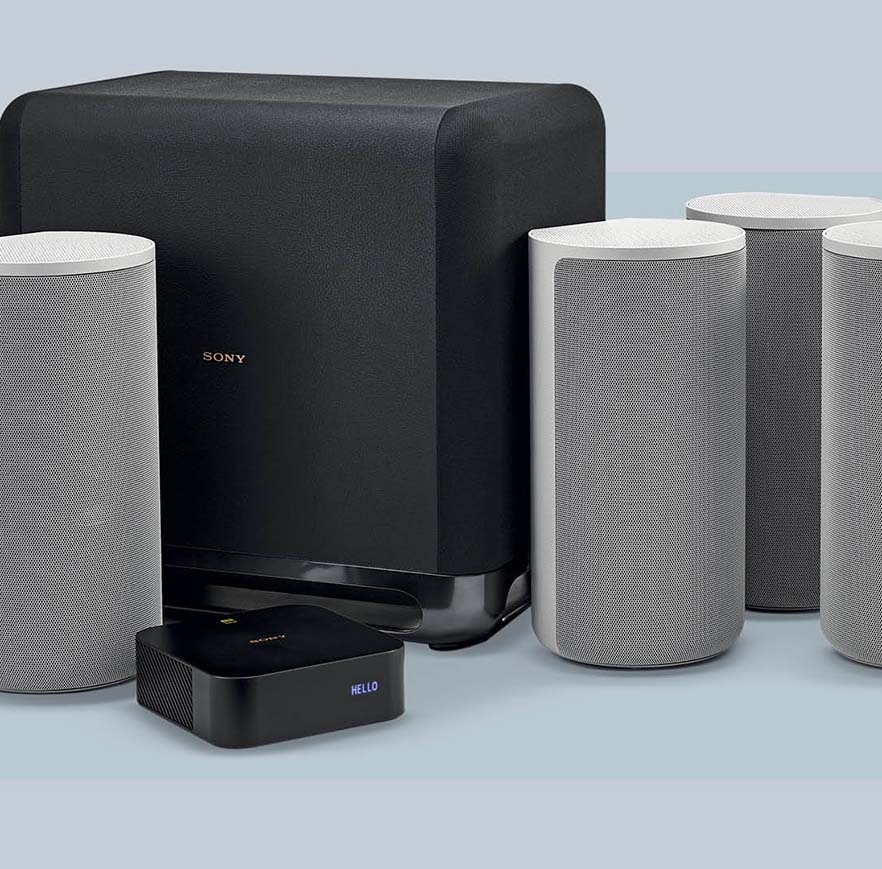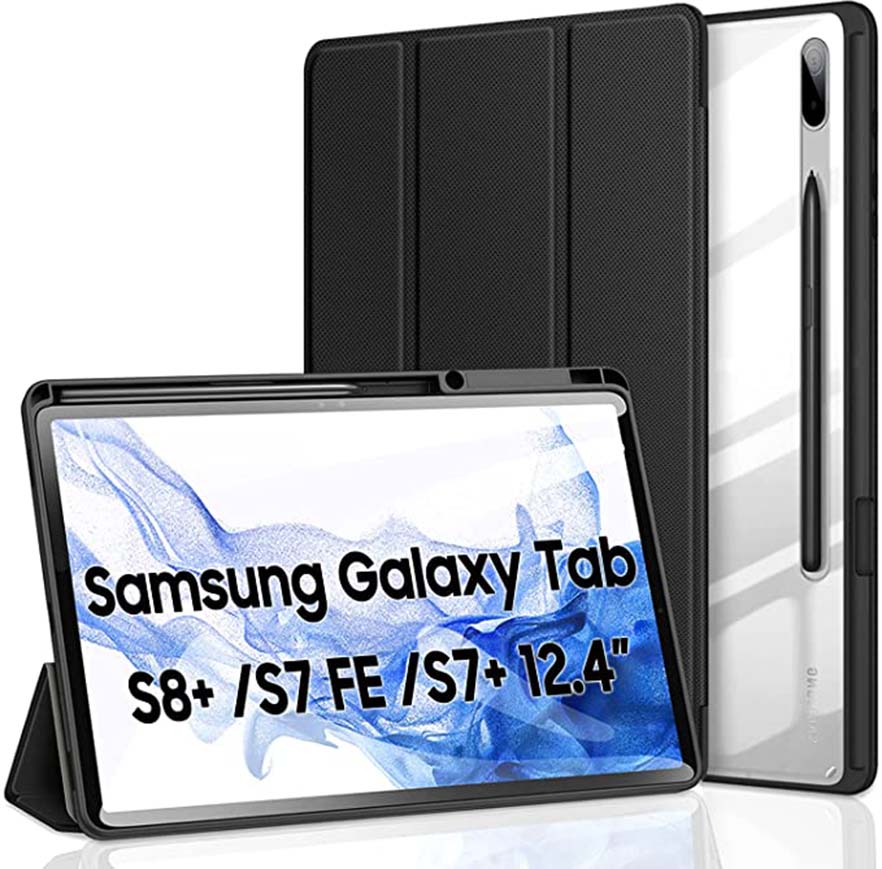Telephoto lenses are an essential tool for many photographers, allowing them to capture subjects from a distance and create unique perspectives. In this comprehensive 3,000-word article, we will explore the world of telephoto lenses, including what they are, their various uses, what to consider when purchasing one, and a review of popular telephoto lenses from leading manufacturers like Sony, Nikon, Canon, Fujifilm, Olympus, and Panasonic.
What is a Telephoto Lens?
A telephoto lens is a type of camera lens that has a long focal length, enabling it to magnify distant subjects and create a narrower field of view compared to shorter focal length lenses. Telephoto lenses can be either prime (fixed focal length) or zoom (variable focal length), with the latter offering greater flexibility in composing shots.
Telephoto lenses are often categorized into three groups based on their focal length:
- Short telephoto: 85mm to 135mm (ideal for portraits and close-up shots)
- Medium telephoto: 135mm to 300mm (suitable for sports, wildlife, and event photography)
- Super telephoto: 300mm and beyond (perfect for capturing distant subjects, such as birds and other wildlife)
Applications for Telephoto Lenses
Telephoto lenses are versatile and can be used in a variety of photography genres, including:
- Wildlife photography: The ability to capture subjects from a distance without disturbing them is essential for wildlife photographers. Telephoto lenses allow them to get close-up shots of animals without risking their safety or the animal’s natural behavior.
- Sports photography: Telephoto lenses enable sports photographers to capture fast-moving subjects and freeze action from a distance, allowing them to document crucial moments in a game or competition.
- Portrait photography: Short telephoto lenses, particularly those with a focal length between 85mm and 135mm, are popular for portrait photography due to their ability to create a flattering perspective and shallow depth of field, which helps isolate the subject from the background.
- Landscape photography: Although wide-angle lenses are often associated with landscape photography, telephoto lenses can be used to compress distant elements in a scene, creating a unique perspective and emphasizing specific features in the landscape.
- Astrophotography: Super telephoto lenses can be used to capture detailed images of celestial objects, such as the moon and planets.
Factors to Consider When Purchasing a Telephoto Lens
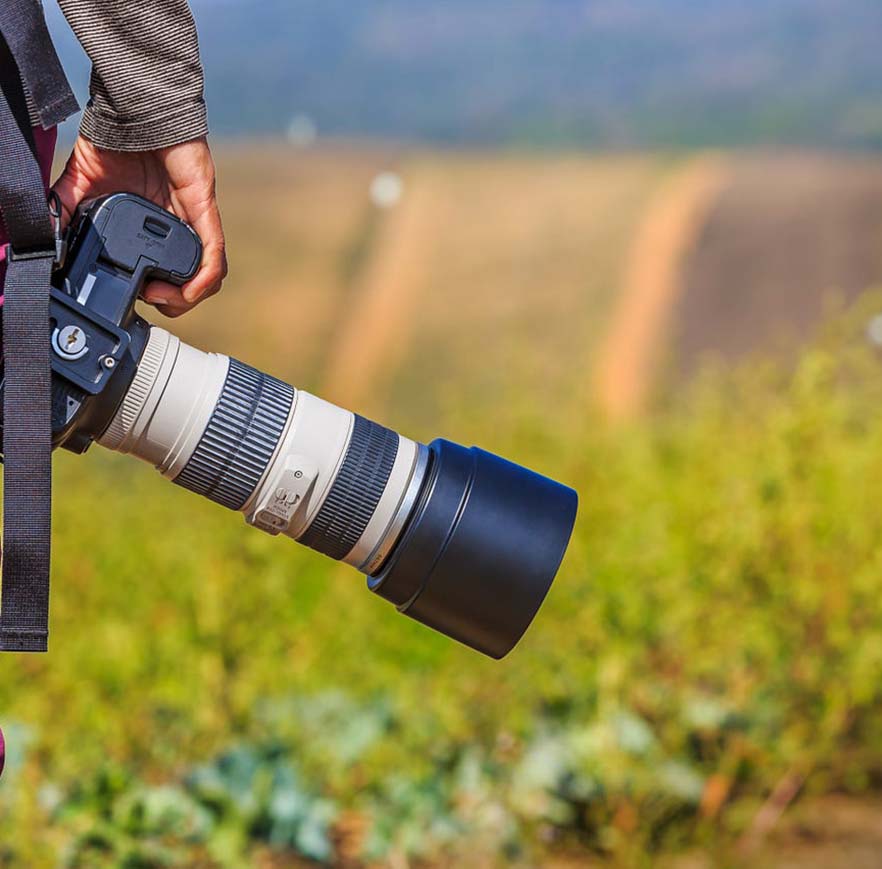
When looking for a telephoto lens, there are several factors to consider:
- Focal Length: Determine the focal length range that best suits your photography needs. If you’re primarily interested in portrait photography, a short telephoto lens may be sufficient. For wildlife or sports photography, a medium to super telephoto lens will be more appropriate.
- Aperture: A lens with a wide maximum aperture (low f-number) will perform better in low light conditions and create a shallower depth of field. However, lenses with wider apertures tend to be more expensive and heavier.
- Image Stabilization: Many telephoto lenses come with built-in image stabilization, which can help reduce the effects of camera shake and produce sharper images, especially when shooting handheld.
- Autofocus: Look for a lens with a fast and accurate autofocus system, particularly if you plan to use it for action photography. Some lenses also offer full-time manual focus override, allowing you to make fine adjustments without switching out of autofocus mode.
- Build Quality and Weather Sealing: If you plan to use your lens in challenging environments, consider a lens with robust build quality and weather sealing to protect it from dust and moisture.
- Price: Telephoto lenses can vary significantly in price, so set a budget and weigh the features and performance against your budget constraints.
Telephoto Lenses from Leading Manufacturers
Now that you know the factors to consider when purchasing a telephoto lens, let’s explore some popular options from leading manufacturers.
Sony Telephoto Lenses
- Sony FE 70-200mm f/2.8 GM OSS: A versatile, professional-grade telephoto zoom lens with a fast f/2.8 aperture, excellent image quality, and impressive autofocus performance. Ideal for sports, wildlife, and portrait photography.
- Sony FE 100-400mm f/4.5-5.6 GM OSS: A high-quality telephoto zoom lens that offers an extended focal length range, making it suitable for a wide variety of subjects, from wildlife to sports and even astrophotography.
Nikon Telephoto Lenses
- Nikon AF-S NIKKOR 70-200mm f/2.8E FL ED VR: A top-of-the-line telephoto zoom lens that delivers outstanding image quality, fast autofocus, and effective image stabilization. Perfect for sports, wildlife, and event photography.
- Nikon AF-S NIKKOR 200-500mm f/5.6E ED VR: An affordable super telephoto zoom lens that offers excellent image quality, a versatile focal length range, and effective vibration reduction for sharp images.
Canon Telephoto Lenses

- Canon EF 70-200mm f/2.8L IS III USM: A popular professional-grade telephoto zoom lens that provides exceptional image quality, fast autofocus, and reliable image stabilization. Suitable for a wide range of applications, including sports, wildlife, and portrait photography.
- Canon EF 100-400mm f/4.5-5.6L IS II USM: A versatile telephoto zoom lens with an extended focal length range, excellent image quality, and effective image stabilization. Ideal for wildlife, sports, and travel photography.
Fujifilm Telephoto Lenses
- Fujifilm XF 50-140mm f/2.8 R LM OIS WR: A high-quality telephoto zoom lens with a fast aperture, impressive image quality, and reliable image stabilization. Suitable for sports, wildlife, and portrait photography in the Fujifilm X system.
- Fujifilm XF 100-400mm f/4.5-5.6 R LM OIS WR: A versatile telephoto zoom lens with a long focal length range, excellent image quality, and effective image stabilization. Perfect for wildlife and sports photography in the Fujifilm X system.
Olympus + Panasonic Telephoto Lenses (Micro Four Thirds)
- Olympus M.Zuiko Digital ED 40-150mm f/2.8 PRO: A fast, high-quality telephoto zoom lens with excellent image quality and weather sealing. Ideal for sports, wildlife, and portrait photography in the Micro Four Thirds system.
- Panasonic Leica DG Vario-Elmar 100-400mm f/4-6.3 ASPH. POWER O.I.S.: A compact, versatile super telephoto zoom lens that offers a long focal length range, good image quality, and effective image stabilization for the Micro Four Thirds system. Ideal for wildlife and sports photography.
Telephoto lenses are an essential tool for photographers looking to capture distant subjects or achieve unique perspectives in their images. By understanding the different types of telephoto lenses, their various applications, and the factors to consider when purchasing one, you can make an informed decision and find the perfect lens for your needs. Remember to consider your budget, desired focal length, aperture, image stabilization, autofocus performance, and build quality when evaluating different lenses. With the right telephoto lens, you can expand your photographic capabilities and take your images to new heights.

